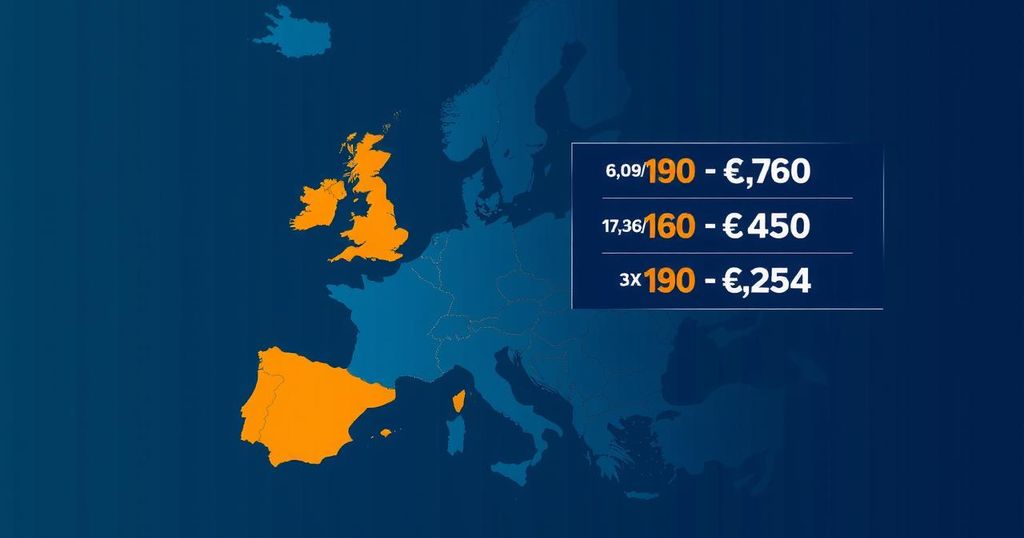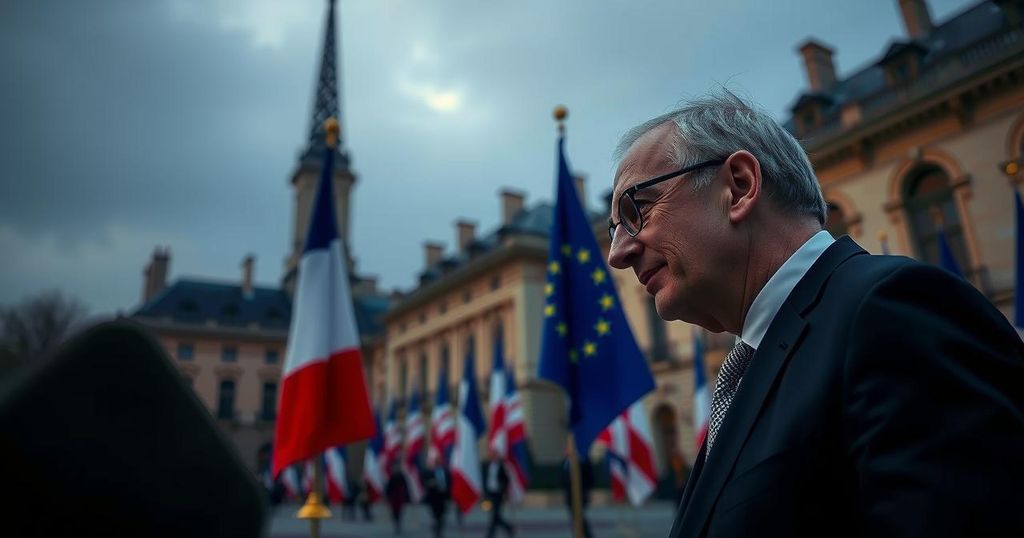Original Source: www.linternaute.com
This article sheds light on a significant upcoming change in the realm of cash transactions within the European Union. With cash still dominating many purchases, particularly large ones, the EU’s new directive sets a maximum limit to enhance financial transparency and combat money laundering. Understanding the specific countries most affected and the broader implications of such a law will help clarify how these changes unfold, ensuring we grasp the magnitude of this shift towards digital transactions.
In an era where digital convenience reigns supreme, cash still holds a nostalgic charm, clinking softly in pockets and wallets alike. However, the European Union plans to shift this balance significantly, launching sweeping measures to curb cash transactions across its 27 member states. By 2027, say goodbye to the days when you could casually slide over 10,000 euros in cash for that dream car or luxury yacht. This radical move aims to clamp down on money laundering, targeting affluent criminals seeking to conceal illicit gains in high-end purchases.
As the clock ticks towards 2027, many will continue with their daily transactions largely unperturbed. It is the wealthy elite, not everyday folks, who will find their cash dealings scrutinised under this new regulation. For the ordinary person, the ability to transact freely with cash is untouched, particularly in private sales between individuals, where any verbal agreement can still flourish undeterred.
The implications of this regulatory shift will echo particularly in nations like Ireland, Scotland, and the Netherlands, where cash has traditionally been king. In stark contrast, countries such as France and Spain have already embraced lower cash thresholds, with existing limits tightening the reins well ahead of this EU-wide transformation. While some may lament the retreat of cash, others may welcome the transparency ushered in by this bold initiative, hoping to unravel the tangled webs of financial deceit woven by the unscrupulous.




